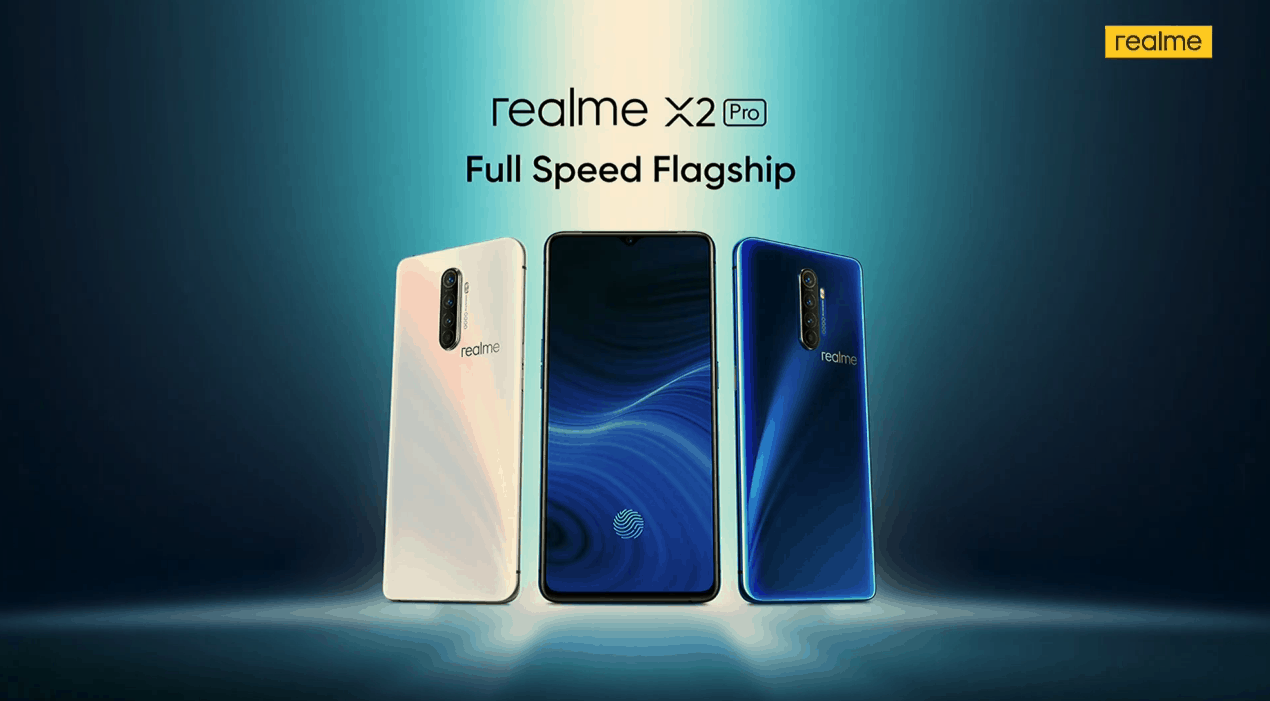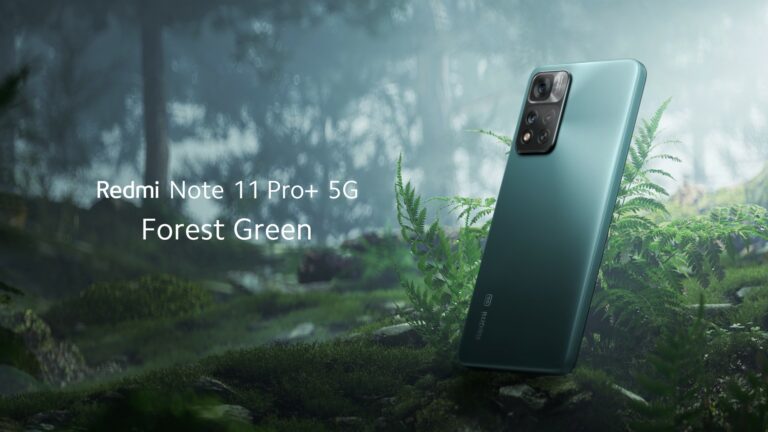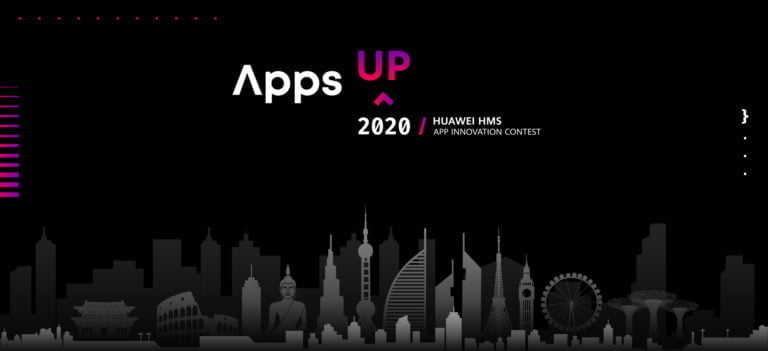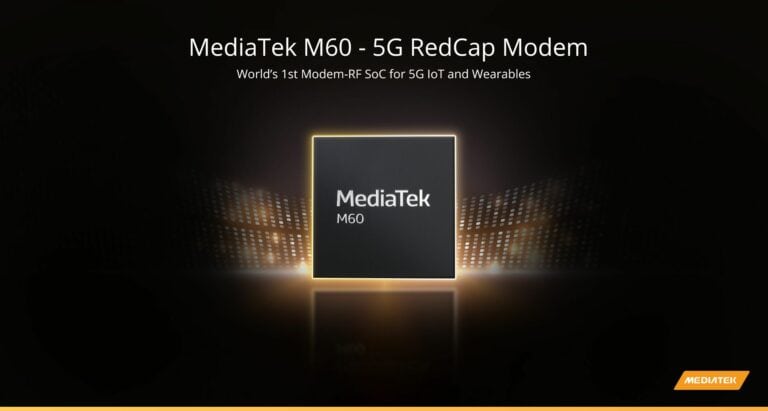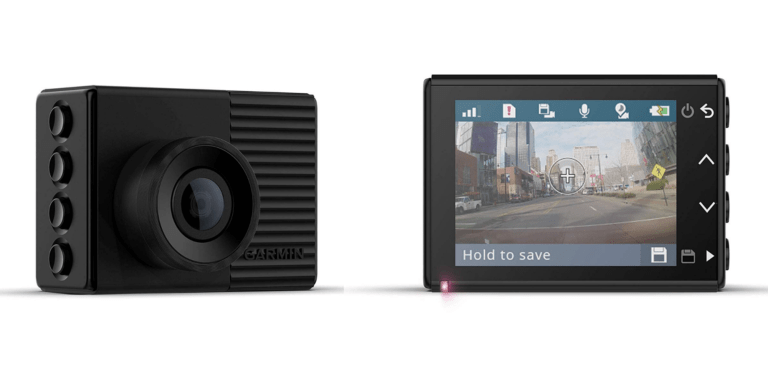Any links to online stores should be assumed to be affiliates. The company or PR agency provides all or most review samples. They have no control over my content, and I provide my honest opinion.
With the launch of the Realme X2 Pro, consumers have a new option when it comes to flagship specs at affordable prices.
OnePlus was originally the flagship killer, and Xiaomi has consistently been churning out amazing value phones for the past few years.
Realme, OnePlus and OPPO are all owned by the same firm, BBK Electronics and along with the release of the X2 Pro, OnePlus also launched the 7T and OPPO the Reno Ace. All three of these phones share a significant number of specs with the Reno Ace looking almost identical to the Realme X2 Pro.
As the Reno Ace isn’t available in the UK yet, and we don’t know if or when it will launch, for this comparison I have opted for the Xiaomi Mi 9T Pro which has been the best-valued flagship for the past few months.
Pricing
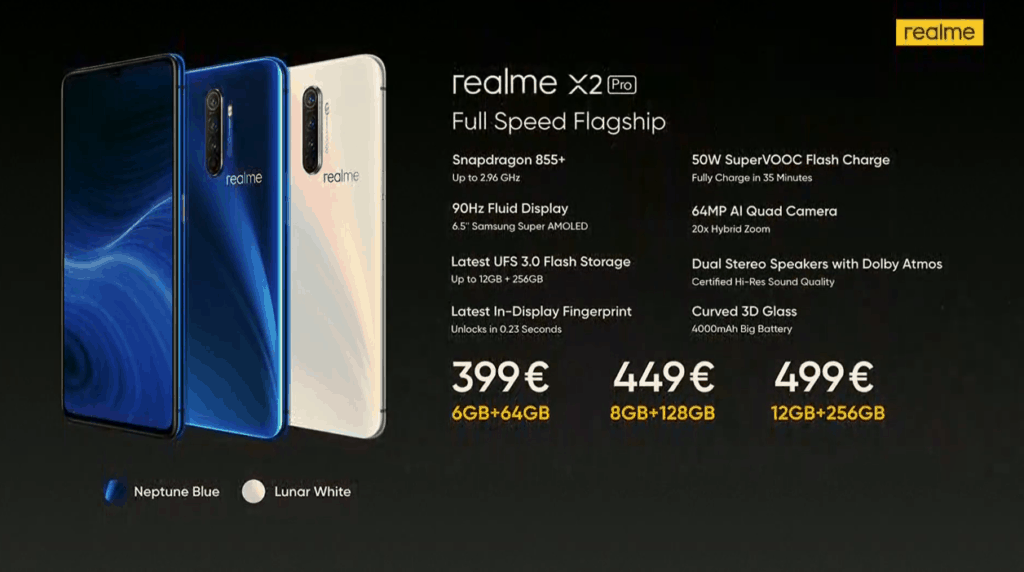
Realme have possibly shaken up the market when it comes to affordable flagship phones. The Realme X2 Pro will start at 399-Euro and go up to 499-Euros for the 12GB/256GB model. Which is incredible.
The Xiaomi is £399 in the UK or 399-Euros and struggles to compete with the specs of the Realme.
While the OnePlus can keep up on the spec front, it is at least £150 more expensive.
Chipset, RAM and Storage
Both the OnePlus and Realme share the same Snapdragon 855+ chipset, but the Realme has lower base options from RAM and storage, starting at 6GB/64GB.
The OnePlus starts at 8GB and 128GB.
The Xiaomi Mi 9T Pro uses the Snapdragon 855 chipset, which is still more than enough for most peoples needs. This also starts out at 6GB/64GB.
Both OnePlus and Realme use UFS3.0 storage which will outperform the older USF2.1 found in the Xiaomi.
Cameras
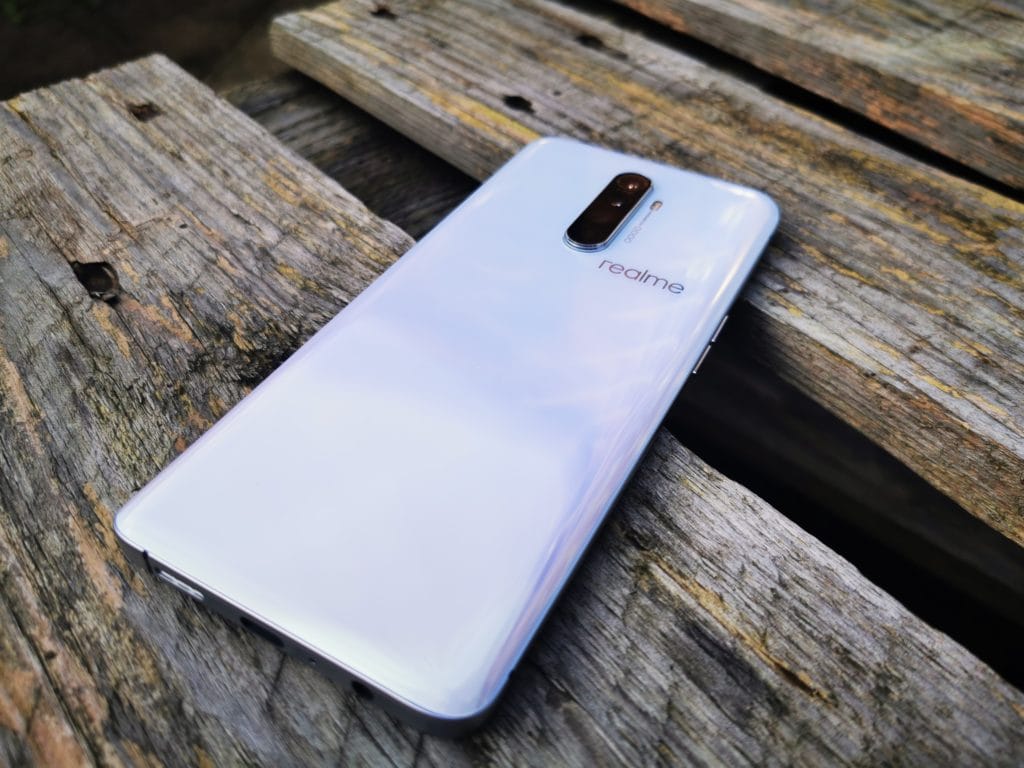
The Realme X2 Pro has the edge in terms of hardware specs of its camera with a quad lens set up including 64MP / 12MP telephoto / 8MP ultrawide and a 2MP depth sensor.
The OnePlus drops the depth sensor, which is not all that important anyway, and this uses a 48 MP / 12MP telephoto / 16MP ultrawide. I love an ultrawide shot so the increase megapixel count on the OP7T is a nice addition.
The Xiaomi uses a 48 MP / 8MP telephoto / 13MP ultrawide lens.
Both the OnePlus and Realme X2 Pro share the same selfie with a 16 MP wide lens, which the Xiaomi uses a 20MP lens.
Display
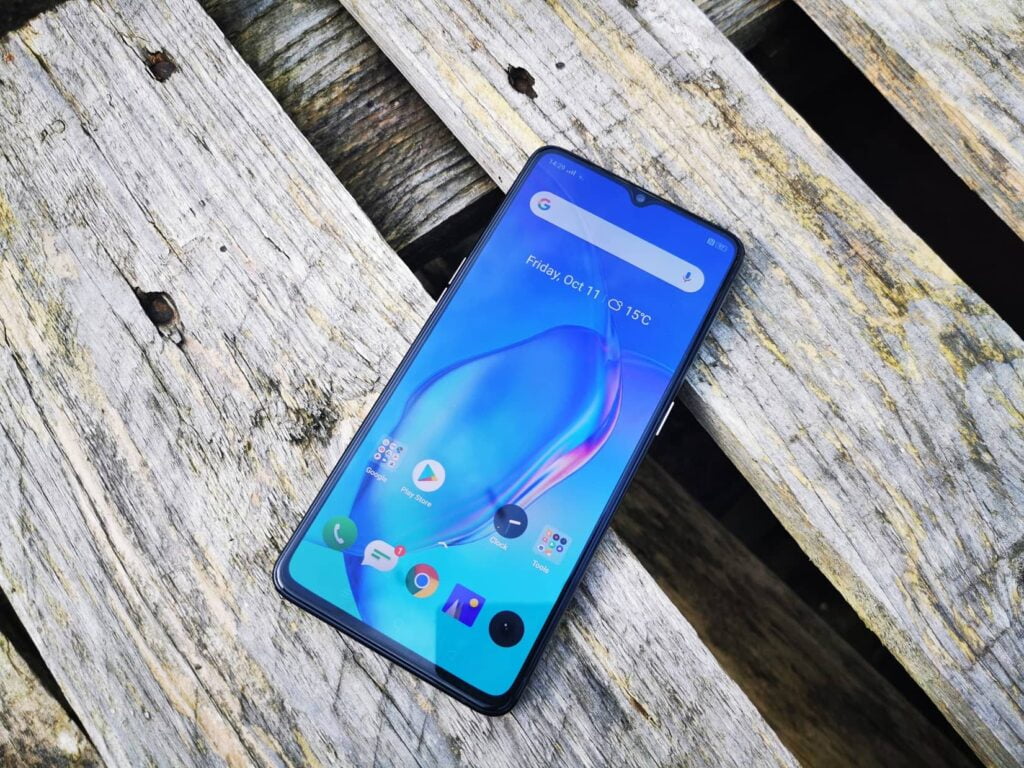
The OnePlus and Realme X2 Pro share the same panel both are 6.5-inches and running at 1080 x 2400 pixels with the same dew-drop notch hiding the same spec selfie camera. Both phones have a 90Hz refresh rate allowing for a smoother experience when using the phone.
The Xiaomi is a touch smaller at 6.39 inches with a resolution of 6.39 inches
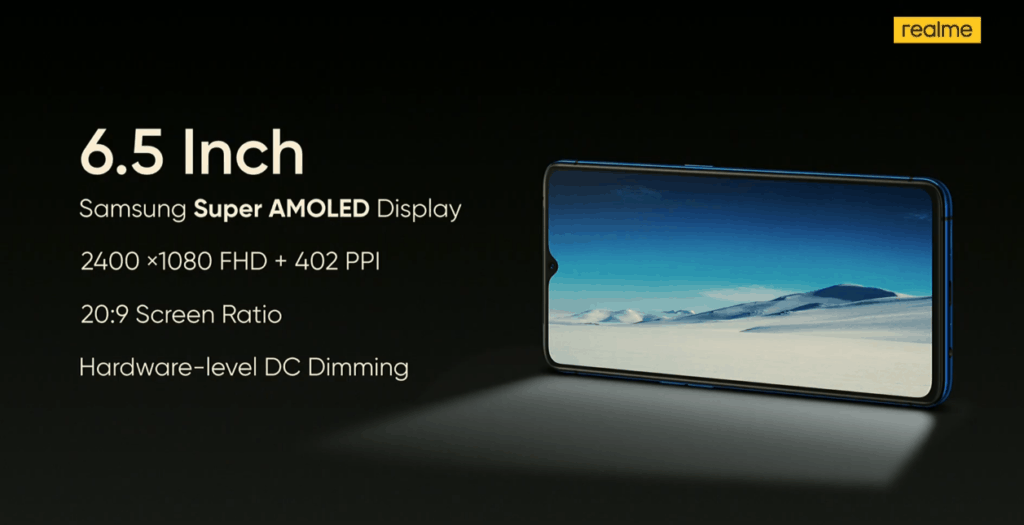
Battery
The Realme X2 Pro has a 4000mAh battery putting it a little ahead of the OnePlus at 3800 mAh. The Xiaomi also has a 4000mAh battery.
Realme comfortably outperforms all three phones with charging thanks to its ultra-quick 50W SuperVOOC Flash Charge. Though it is worth noting that it is not as fast as the 65W on the OPPO Reno Ace.
OnePlus is no slouch though and this uses 30W Warp Charge 30T, while the Xiaomi has 27W Quick Charge 4+.
OS
Perhaps the biggest argument for going with OnePlus is the superb OxygenOS and it is launching with OxygenOS 10.0.3 which is based on Android 10.0.
Realme use the same OS as OPPO and this has launched with ColorOS 6 based on Android 9.0 (Pie) and should be upgraded to Android 10/ColorOS 6 within the next few months.
Xiaomi has MIUI 10 which uses Android 9.0
Specification Comparison Table
| Realme X2 Pro | OnePlus 7T | Xiaomi Mi 9T Pro | |
|---|---|---|---|
| Dimensions | 161 x 75.7 x 8.7 mm (6.34 x 2.98 x 0.34 in) | 160.9 x 74.4 x 8.1 mm (6.33 x 2.93 x 0.32 in) | 156.7 x 74.3 x 8.8 mm (6.17 x 2.93 x 0.35 in) |
| Weight | 199 g (7.02 oz) | 190 g (6.70 oz) | 191 g (6.74 oz) |
| Build | Front glass (Gorilla Glass), back glass (Gorilla Glass), aluminum frame | Front/back glass (Gorilla Glass 5), aluminum frame | |
| SIM | Dual SIM (Nano-SIM, dual stand-by) | Dual SIM (Nano-SIM, dual stand-by) | Dual SIM (Nano-SIM, dual stand-by) |
| Type | Super AMOLED capacitive touchscreen, 16M colors | Fluid AMOLED capacitive touchscreen, 16M colors | Super AMOLED capacitive touchscreen, 16M colors |
| Size | 6.5 inches, 103.7 cm2 (~85.1% screen-to-body ratio) | 6.55 inches, 103.6 cm2 (~86.5% screen-to-body ratio) | 6.39 inches, 100.2 cm2 (~86.1% screen-to-body ratio) |
| Resolution | 1080 x 2340 pixels, 19.5:9 ratio (~396 ppi density) | 1080 x 2400 pixels, 20:9 ratio (~402 ppi density) | 1080 x 2340 pixels, 19.5:9 ratio (~403 ppi density) |
| Protection | Unspecified | Corning Gorilla Glass | Corning Gorilla Glass 5 |
| 90 Hz | DCI-P3 100% | HDR | |
| HDR10+ | |||
| 90Hz | |||
| OS | Android 9.0 (Pie), planned upgrade to Android 10.0; ColorOS 6 | Android 10.0; OxygenOS 10.0.3 | Android 9.0 (Pie); MIUI 10 |
| Chipset | Qualcomm SDM855 Snapdragon 855+ (7 nm) | Qualcomm SDM855 Snapdragon 855+ (7 nm) | Qualcomm SDM855 Snapdragon 855 (7 nm) |
| CPU | Octa-core (1x2.96 GHz Kryo 485 & 3x2.42 GHz Kryo 485 & 4x1.8 GHz Kryo 485) | Octa-core (1x2.96 GHz Kryo 485 & 3x2.42 GHz Kryo 485 & 4x1.78 GHz Kryo 485) | Octa-core (1x2.84 GHz Kryo 485 & 3x2.42 GHz Kryo 485 & 4x1.78 GHz Kryo 485) |
| GPU | Adreno 640 (700 MHz) | Adreno 640 (700 MHz) | Adreno 640 |
| Card slot | microSD, up to 256 GB (dedicated slot) | No | No |
| Internal | 64GB 6GB RAM, 128GB 8GB RAM, 256GB 12GB RAM | 128GB 8GB RAM, 256GB 8GB RAM | 64GB 6GB RAM, 128GB 6GB RAM, 256GB 8GB RAM |
| UFS3.0 | UFS3.0 | ||
| Rear Camera | 64 MP, f/1.8, (wide), 1/1.7", 0.8µm, PDAF | 48 MP, f/1.6, 26mm (wide), 1/2", 0.8µm, PDAF, OIS | 48 MP, f/1.8, 26mm (wide), 1/2", 0.8µm, PDAF, Laser AF |
| 13MP, f/2.4, (telephoto), 1/3.4", 1.0µm, PDAF | 12 MP, f/2.2, 51mm (telephoto), 1.0µm, PDAF, 2x optical zoom | 8 MP, f/2.4, 53mm (telephoto), 1/4", 1.12µm, PDAF, Laser AF, 2x optical zoom | |
| 8 MP, f/2.3, 14mm (ultrawide), 1/4", 1.12µm | 16 MP, f/2.2, 17mm (ultrawide), AF | 13 MP, f/2.4, 12mm (ultrawide), 1/3", 1.12µm | |
| 2 MP, f/2.4, 1/5", 1.75µm, depth sensor | |||
| Features | LED flash, HDR, panorama | Dual-LED flash, HDR, panorama | Dual-LED flash, HDR, panorama |
| Video | 2160p@30fps, 1080p@30/60/120fps, 720p@960fps, gyro-EIS | 2160p@30/60fps, 1080p@30/60/240fps, 720p@960fps, Auto HDR, gyro-EIS | 2160p@30/60fps, 1080p@30/120/240fps, 1080p@960fps |
| Selfie | 32 MP, f/2.0 | 16 MP, f/2.0, 25mm (wide), 1/3.1", 1.0µm | Motorized pop-up 20 MP, f/2.2, 0.8µm |
| Features | HDR | Auto-HDR | HDR |
| Video | 1080p@30fps | 1080p@30fps, gyro-EIS | 1080p@30fps |
| Loudspeaker | Yes, with Dolby Atmos stereo speakers (2 dedicated amplifiers) | Yes, with stereo speakers | Yes |
| 3.5mm jack | Yes | No | Yes |
| 24-bit/192kHz audio (incl. speakers) | Active noise cancellation with dedicated mic | 24-bit/192kHz audio | |
| Dolby Atmos | Dolby Atmos sound | Active noise cancellation with dedicated mic | |
| WLAN | Wi-Fi 802.11 a/b/g/n/ac, dual-band, Wi-Fi Direct, hotspot | Wi-Fi 802.11 a/b/g/n/ac, dual-band, Wi-Fi Direct, DLNA, hotspot | Wi-Fi 802.11 a/b/g/n/ac, dual-band, Wi-Fi Direct, hotspot |
| Bluetooth | 5.0, A2DP, LE | 5.0, A2DP, LE, aptX HD | 5.0, A2DP, LE, aptX HD |
| GPS | Yes, with A-GPS, GLONASS, GALILEO, BDS | Yes, with dual-band A-GPS, GLONASS, BDS, GALILEO, SBAS | Yes, with dual-band A-GPS, GLONASS, BDS, GALILEO |
| NFC | Yes | Yes | Yes |
| Infrared port | No | No | No |
| Radio | FM radio | No | Yes |
| USB | 2.0, Type-C 1.0 reversible connector | 3.1, Type-C 1.0 reversible connector, USB On-The-Go | 2.0, Type-C 1.0 reversible connector, USB On-The-Go |
| Sensors | Fingerprint (under display, optical), accelerometer, gyro, proximity, compass | Fingerprint (under display, optical), accelerometer, gyro, proximity, compass | Fingerprint (under display, optical), accelerometer, gyro, proximity, compass |
| Battery | Non-removable Li-Po 3900 mAh battery | Non-removable Li-Po 3800 mAh battery | Non-removable Li-Po 4000 mAh battery |
| Charging | Fast battery charging 50W: 100% in 35 min (SuperVOOC Flash Charge) | Fast battery charging 30W (Warp Charge 30T) | Fast battery charging 27W (Quick Charge 4+) |
| Colors | Pearl White, Pearl Blue | Frosted Silver, Glacier Blue | Carbon black, Red flame, Glacier blue |
I am James, a UK-based tech enthusiast and the Editor and Owner of Mighty Gadget, which I’ve proudly run since 2007. Passionate about all things technology, my expertise spans from computers and networking to mobile, wearables, and smart home devices.
As a fitness fanatic who loves running and cycling, I also have a keen interest in fitness-related technology, and I take every opportunity to cover this niche on my blog. My diverse interests allow me to bring a unique perspective to tech blogging, merging lifestyle, fitness, and the latest tech trends.
In my academic pursuits, I earned a BSc in Information Systems Design from UCLAN, before advancing my learning with a Master’s Degree in Computing. This advanced study also included Cisco CCNA accreditation, further demonstrating my commitment to understanding and staying ahead of the technology curve.
I’m proud to share that Vuelio has consistently ranked Mighty Gadget as one of the top technology blogs in the UK. With my dedication to technology and drive to share my insights, I aim to continue providing my readers with engaging and informative content.

